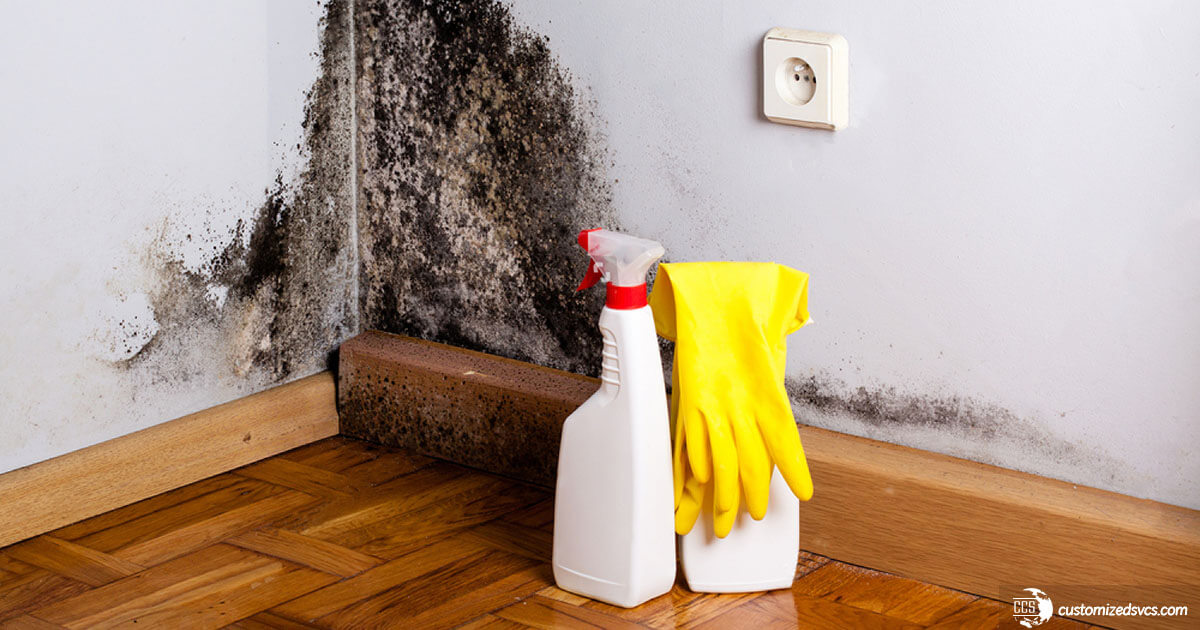
Both mold and mildew are types of organisms that grows and thrives in moist places. They can also spread very easily. And if not properly treated, they can cause severe damage to one’s health. Plus, they both are destructive to indoor surfaces. Each can grow on a multitude of surfaces, from a sheet of paper to food to your shower. And, of course, they are both two types of fungi that no one wants in their home or office.
While mold and mildew are often thought to be the same, they are not. So, in this article we will explain mold vs. mildew differences.
Mold vs. Mildew Differences
Mold can be found almost anywhere that oxygen and moisture are present. In essence, mold is a natural part of our environment. It can be green or black and is usually the result of a much larger infestation. When found on food, it has a fuzzy or even a slimy texture.
Conversely, mildew is easily identified as a patch of gray or even white fungus. And it lies on the surface of a moist area. Unlike mold, mildew can be easily treated with an over-the-counter cleaner and a brush.
Generally speaking, mold is not usually a problem unless it starts growing indoors. Indoor mold has a musty smell, and in addition to appearing as black spots, it can emerge in various colors. It may not seem obvious but failure to remove indoor mold results in its growth. Consequently, this has a negative impact on one’s health and causes damage to buildings.
So, the best way to control indoor mold is to control moisture. Humidity levels should be kept below 50% for an entire day. And using a dehumidifier or air conditioner are helpful in reducing the moisture. Additionally, exhaust fans should be used in bathrooms and kitchens alongside free flowing air.
Mildew, on the other hand, usually just causes cosmetic damage to indoors. But it is extremely destructive to crops and plants. In indoor spaces, mildew can be found on window sills and shower walls. Plus, other areas with poor air circulation and lightening. Therefore, you should remove mildew as soon as possible. In fact, if left untreated, mildew spores can present health risks. Sore throat, respiratory problems, and headaches are the result of untreated mildew.
Like mold, using a dehumidifier, fans, open windows, and air conditioner are recommended for reducing indoor moisture. If mold or mildew growth has become unmanageable, consider having it professionally removed.
Customized Custodial Services offers electrostatic disinfection. This tool prevents mold, sanitizes, and disinfects to 3D surfaces for a 360 degree complete clean. Click here to receive a free quote and we’ll follow up with you within a few hours.
